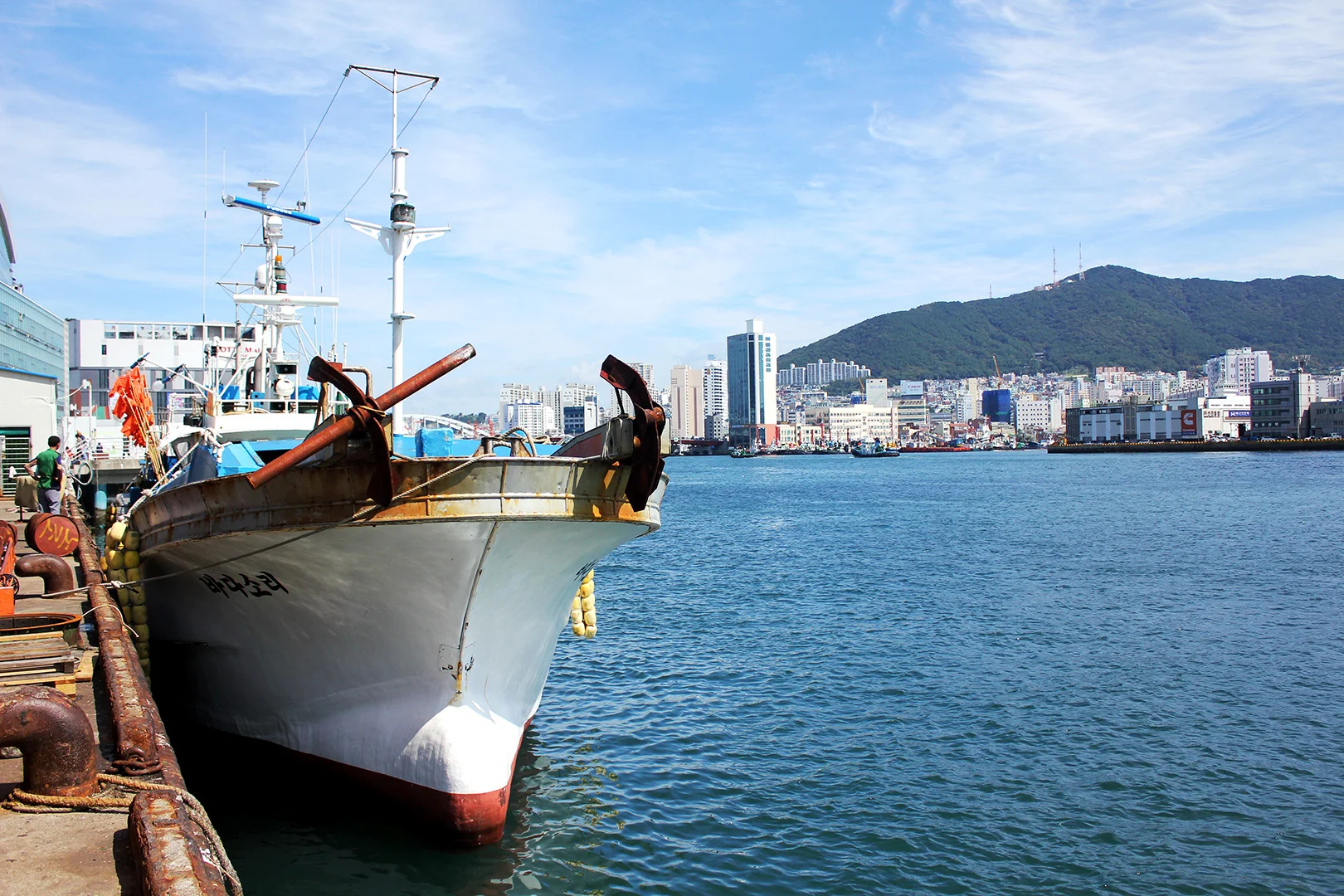Seoul Travel Diary

GYEONGBOKGUNG PALACE
Gyeongbokgung Palace was built in 1395 after the founding of the Joseon Dynasty under King Taejo. It is the largest of the "Five Grand Palaces built during the Joseon Dynasty, and was the home of the King, the royal family and household, and the government. It houses outer quarters such as the Geungjeongjun Throne hall, private inner quarters for the royal family, gardens, banquet halls, and much more. Try to get there in the morning to beat the crowds and make sure to check out the Change of Guard Ceremony which is at 10:00 am and 2:00 pm, and the Gwanghwamun Gate Guard on Duty Ceremony which is at 11:00 am and 1:00 pm.
Directions: Gyeongbokgung Palace Station (Line 3, Exit 5), Gwanghwamun Station (Line 5 Exit 2)
Fees: 3,000 won
Info: Here and Here
LEEUM SAMSUNG MUSEUM OF ART
Leeum, Samsung Museum of Art is run by the Samsung Foundation of Culture. It exhibits both traditional Korean art as well as contemporary art by Korean and international artists. In addition to the beautiful artwork, the architecture of the museum is also noteworthy, as the three main buildings were designed by renown architects Mario Botta, Jen Nouvel, and Rem Koolhaas.
Directions: Hangangjin Station (Line 6, Exit 1), Continue straight for about 100 meters towards Itaewon until you see a sign directing you to the museum on the right. Turn right into the alley and the museum will be up the hill in less than 5 minutes.
Fees: Permanent Exhibitions 10,000 won, Planned Exhibitions 8,000 won
Info: Here and Here
DONGDAEMUN DESIGN PLAZA BY ZAHA HADID ARCHITECTS
The Dongdaemun Design Plaza, also known as the DDP, is an architectural landmark in Dongdaemun and was designed by Zaha Hadid Architects. The building features global exhibition and convention halls, Oullim Square, Dongdaemun History & Culture Park, retail stores, a museum, Dongdaemun Excavation Site, and more.
Directions: Dongdaemun History & Culture Park Station (Line 2, 4, 5 Exit 1)
Fees: Varies according to exhibition
Info: Here
NATIONAL MUSEUM OF MODERN & CONTEMPORARY ART
The National Museum of Modern & Contemporary Art showcases contemporary art by both Korean and international artists. This Seoul branch is one of three branches, while the main museum resides in Gwacheon.
Directions: Anguk Station (Line 3 Exit 1), or Gwanghwamun Station (Line 5 Exit 2)
Fees: 4,000 won
Info: Here and Here
TTUKSEOM HANGANG PARK
Ttukseom Hangang Park is a park by the Hangang River, and includes a Riverside Square, a water park, a cultural art complex (J-Beollae or J-Bug), outdoor rock climbing, gardens, weekend flea markets, camping grounds, sledding in the winter, and much more. Definitely come here if you want to enjoy outdoor activities and awesome views of the city by the Hangang River.
Directions: Ttukseom Resort Station (Line 7, Exit 2 or 3)
Fees: Free
Info: Here
SEOUL STREET ART
Some of Seoul's best street art is tucked away from the main streets and discovered while wandering the alleys. Hover over the pictures to see where each of these were taken!
CHUNGGYECHEON STREAM
Chunggyecheon is a stream that originated as a drainage system during the Joseon Dynasty. After the Korean War, the stream became a hub of makeshift homes for the poor. Because of its dilapidated state, in 1958 the city covered up the stream with concrete and constructed an elevated highway. Later in 2003 when Lee Myung-Bak was the Seoul Mayor, the stream was restored in a movement to bring back cultural history and nature into the city.
Directions: City Hall, Jonggak, Jongno Samga, Jongno O-ga, Sinseol-dong Stations (Line 1), City Hall, Euljiro Ilga, Euljiro Sam-ga, Euljiro Sa-ga, Sindang, Sangwangsimni Stations (Line 2), Gwanghwamun Station (Line 5)
Fees: Free
Info: Here
NAMI ISLAND
While Nami Island is technically not in Seoul, I chose to add it as it's a quick day trip from Seoul, and is a beautiful nature escape that cannot be missed!
Nami Island is a half-moon shaped island in Chuncheon. It was named after General Nami, who stopped a revolt during the 13th year of King Sejo during the Joseon Dynasty. He died at the age of 27 after being falsely accused of treason. A pile of stones meant for his burial grounds was found on the island, and a burial ground was erected in his honor. The island became popular after it was featured in the popular Korean drama "Winter Sonata." Over the years Nami Island has become a natural oasis, with beautiful tree-lined paths, outdoor sculpture, galleries, camping grounds, and much more.
Directions: Gapyeong Station (Gyeongchun Line), walk to the Namiseom Parking lot. Once you've purchased your tickets, you will take a five minute ferry ride to Nami Island.
Fees: 10,000 won
Info: Here
CREDITS:
Photography: Annie Cho
SHOOT LOCATION:
Seoul, South Korea, Nami Island





